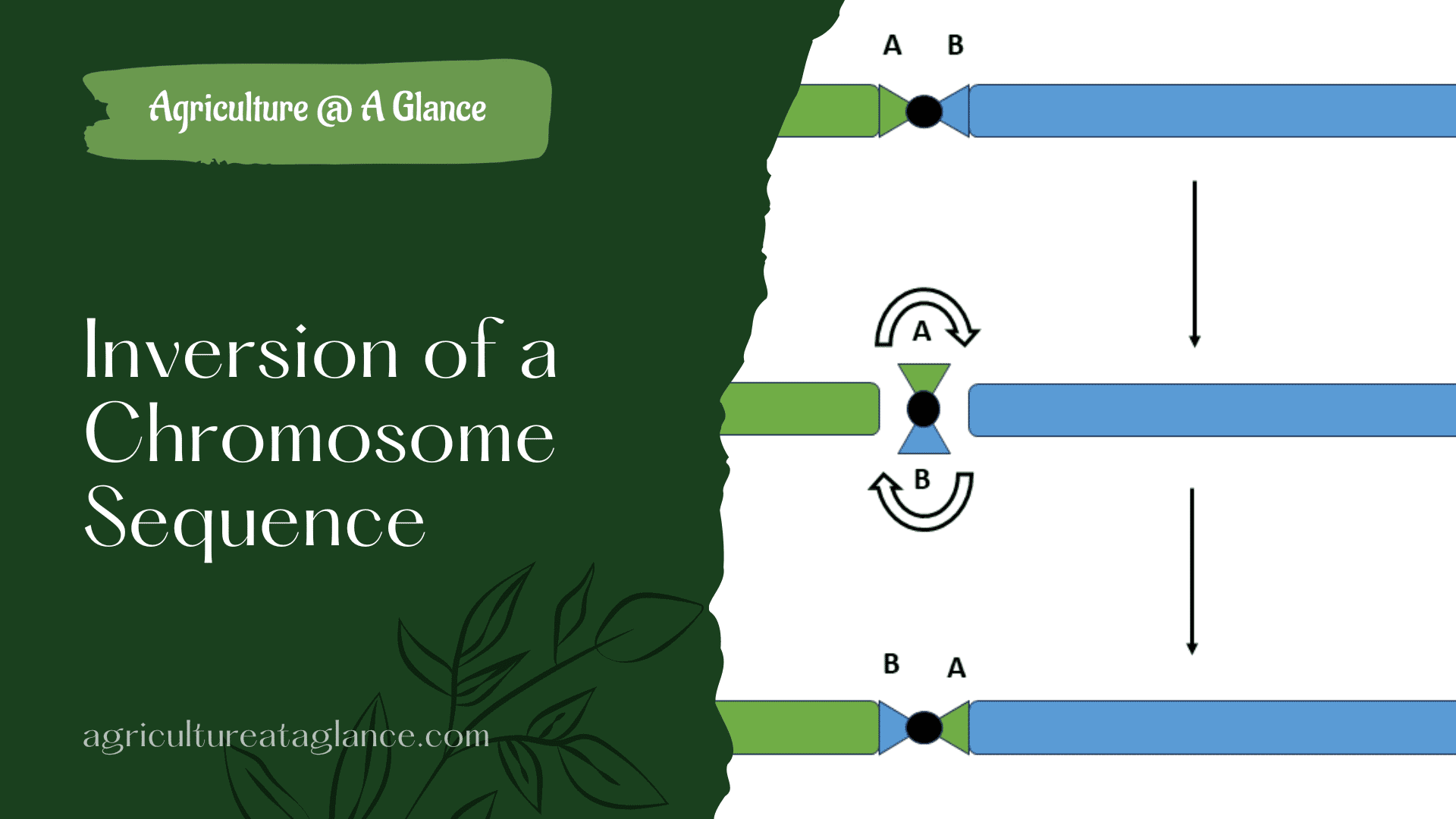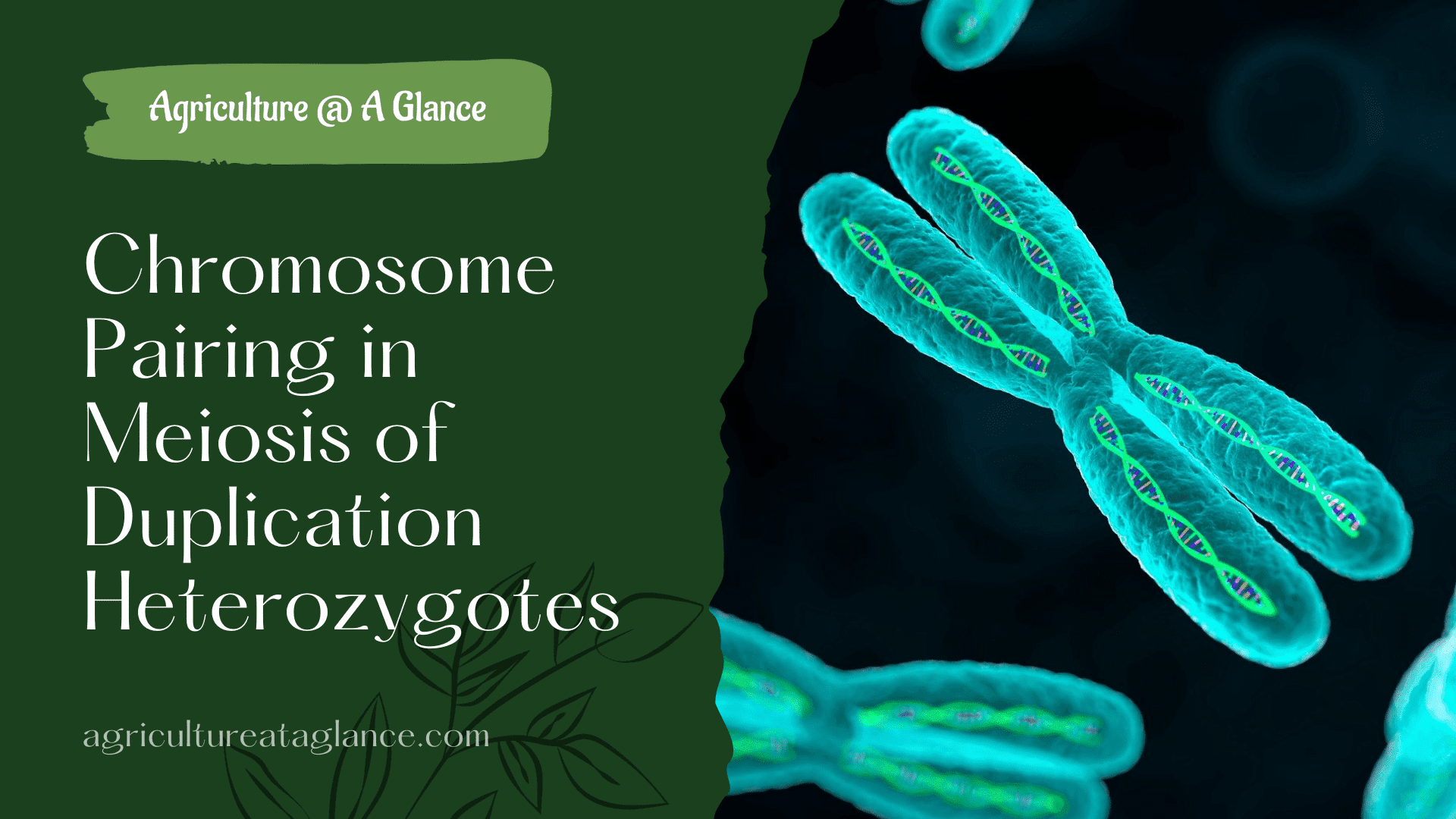Abstract
Unreduced pollen gametes are pollen grains with a diploid number of chromosomes due to errors in meiosis. These gametes are crucial in plant evolution, polyploidy formation, and crop breeding, as they can lead to polyploid offspring with unique and beneficial traits. Understanding their formation and function has wide applications in plant science and agriculture.
An unreduced pollen gamete refers to a pollen grain that contains the full diploid (2n) number of chromosomes instead of the typical haploid (n) number, which is expected after meiosis. In normal sexual reproduction, pollen grains (male gametes) should be haploid, carrying half the chromosome number of the parent plant to ensure that, after fertilization with a haploid egg, the resulting zygote will restore the species’ diploid chromosome number.
How Unreduced Pollen Gametes Form
Unreduced gametes arise due to errors during meiosis. Normally, meiosis is a two-step division process:
Meiosis I: Homologous chromosomes are separated, reducing the chromosome number by half (from diploid to haploid).
Meiosis II: Sister chromatids are separated, resulting in four haploid gametes.
In the case of unreduced gametes, this process is disrupted, and the resulting pollen retains the diploid chromosome number. Some causes include:
Non-reduction during Meiosis I or Meiosis II: Errors in spindle formation, nondisjunction of chromosomes, or failure of the cell to complete one of the meiotic divisions.
Cytokinesis failure: If the final cell division (cytokinesis) fails after meiosis, the gamete can end up with a doubled chromosome count.
Spontaneous mutation or genetic regulation: Certain mutations or epigenetic factors can interfere with normal meiotic processes, promoting the formation of unreduced gametes.
Importance of Unreduced Pollen Gametes
Unreduced pollen gametes play a significant role in plant evolution and breeding, especially in the formation of polyploids. When an unreduced pollen fertilizes an egg, it may lead to:
Polyploidy: The zygote can become polyploid if the unreduced gamete fuses with a normal haploid egg (triploidy, 3n) or with another unreduced egg (tetraploidy, 4n). Polyploid plants often exhibit novel traits such as increased size, stress resistance, or sterility (triploids).
Hybrid vigour: Unreduced gametes can enhance genetic diversity and create hybrids with enhanced traits, which is useful in plant breeding programs.
Speciation: In evolutionary terms, polyploidy resulting from unreduced gametes can contribute to the formation of new species, as polyploid plants may become reproductively isolated from their diploid counterparts.
Detection and Use in Plant Breeding
In breeding programs, unreduced gametes are of interest because they can be used to develop polyploid plants, which are often more robust or may exhibit desirable agricultural traits. Plant breeders sometimes use techniques like induced polyploidy or carefully controlled crossing strategies to generate and exploit unreduced gametes for crop improvement.




